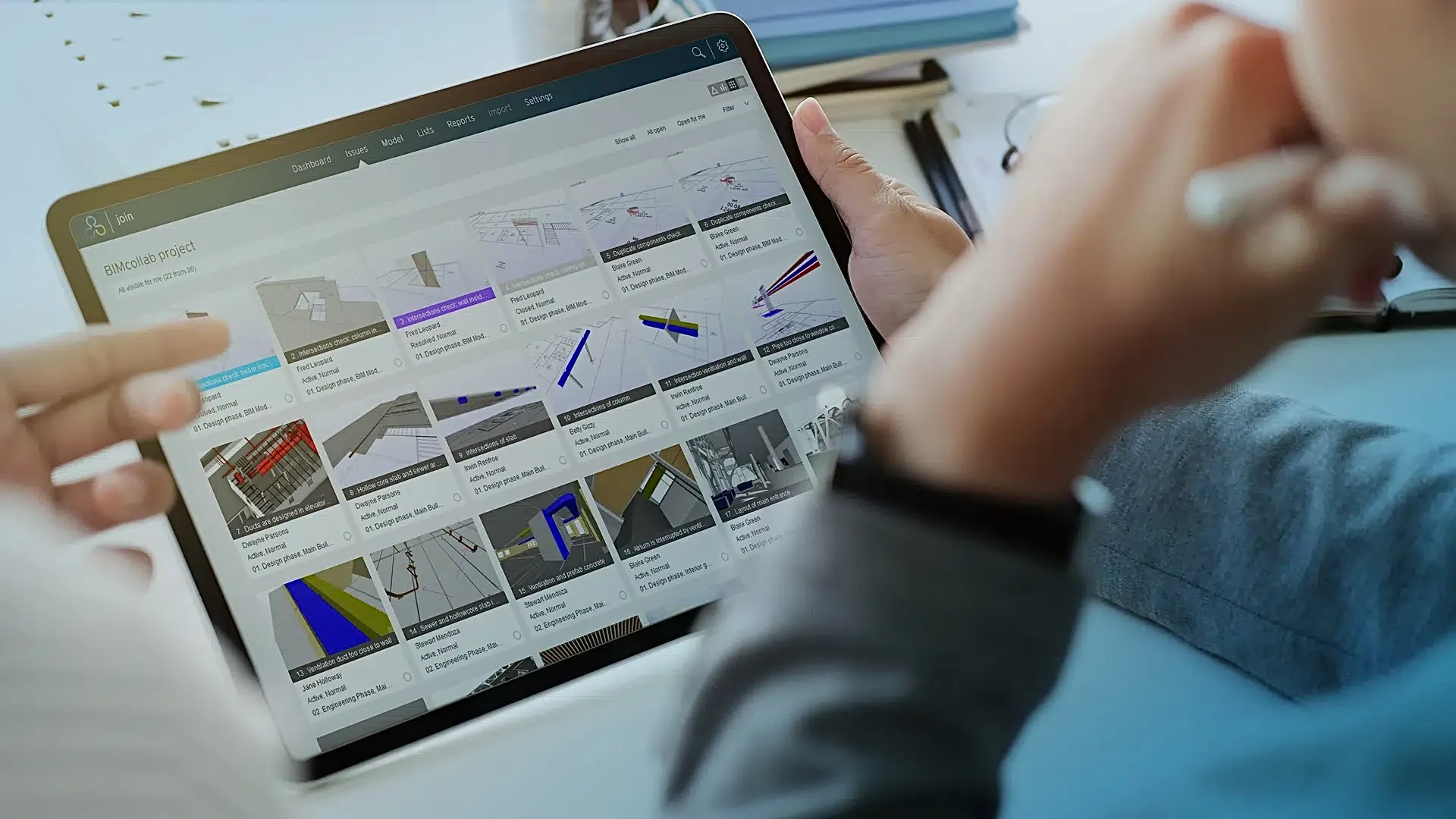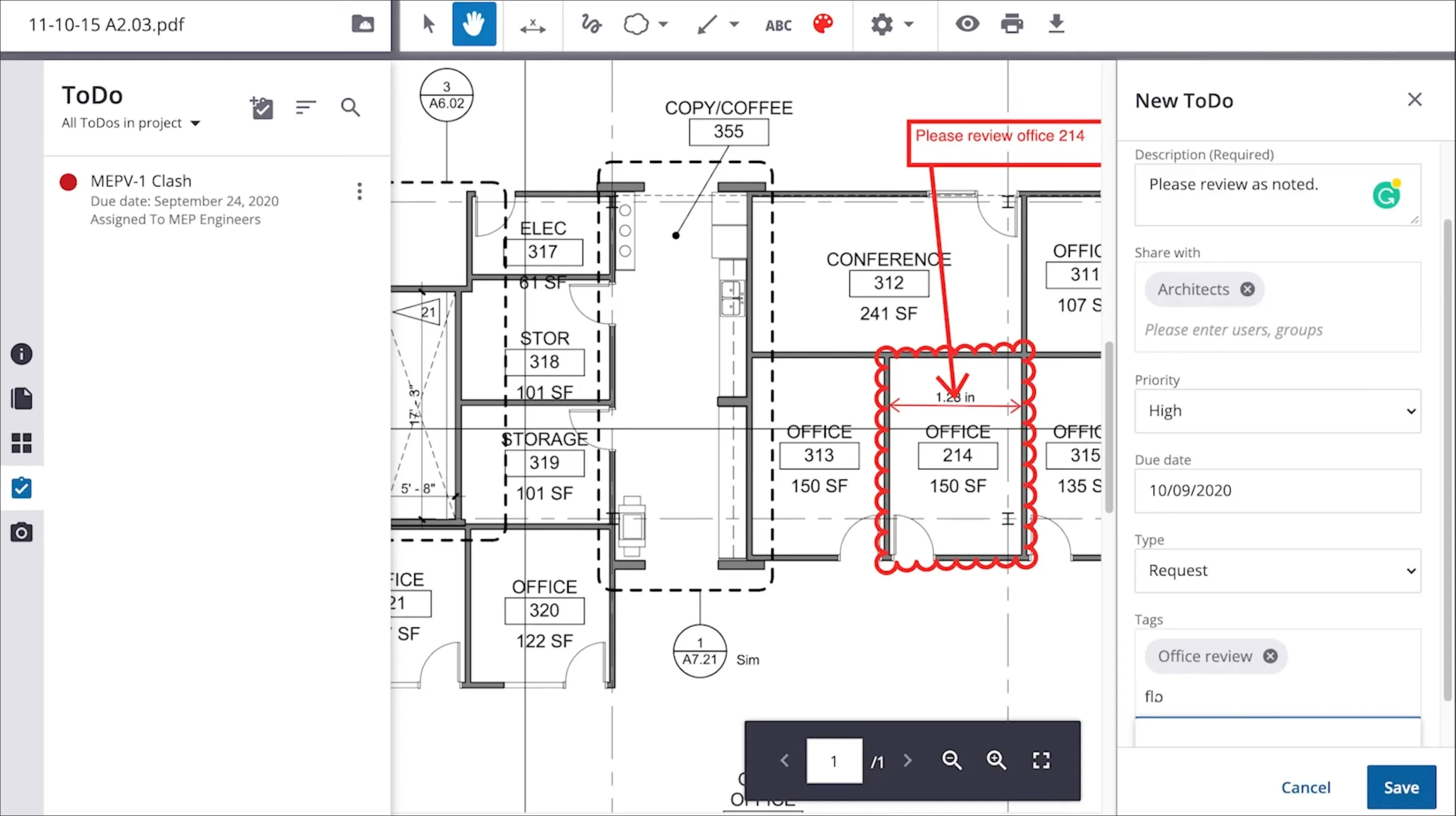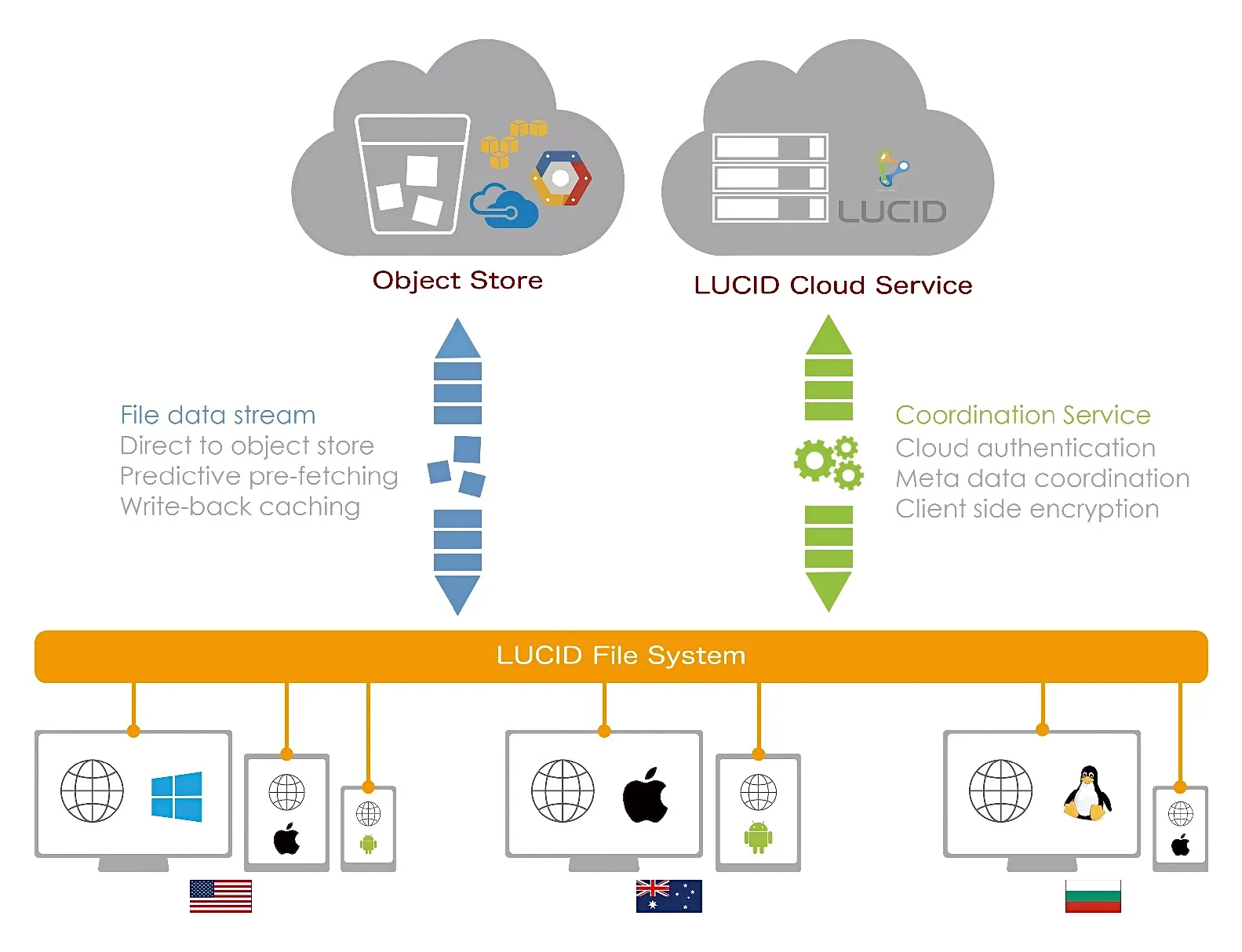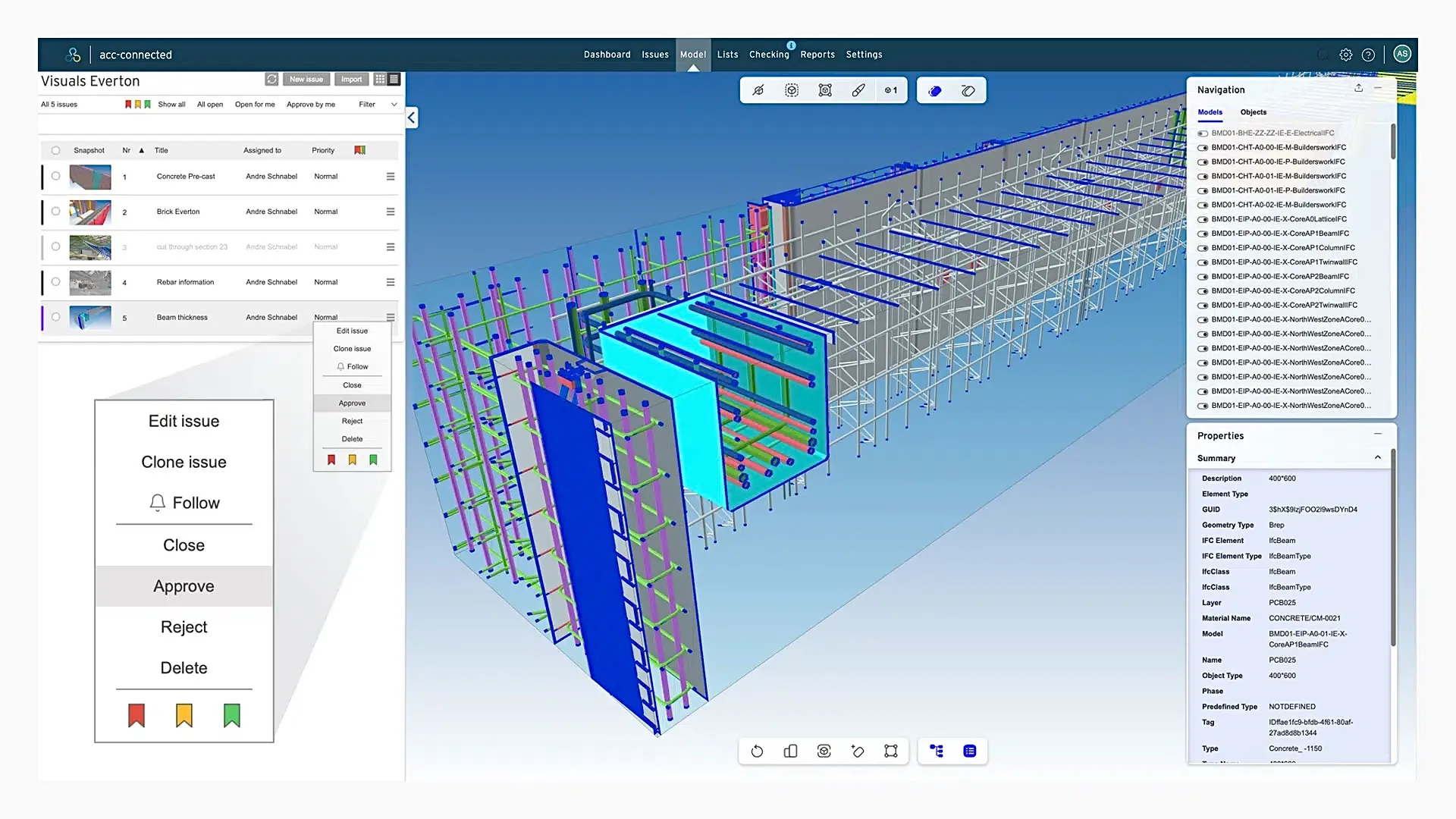
The architecture and planning professions are witnessing a seismic shift in how teams conceptualize, develop, and deliver projects. Cloud-based collaboration tools have moved from niche innovations to mainstream essentials, enabling teamwork across geographies, improving project efficiencies, and transforming stakeholder engagement. In an era of rapid urbanization, complex regulations, and multidisciplinary workflows, these platforms are strategic necessities for the modern AEC (Architecture, Engineering, Construction) sector.
Until recently, project collaboration in architecture relied heavily on email exchanges, physical blueprints, and local storage. These traditional methods were fraught with version control nightmares, limited accessibility, and communication delays. Enter the cloud: cloud-based collaboration platforms offer real-time, centralized access to every project file, drawing, and model from any location or device. This shift doesn’t just allow distributed teams to function; it supercharges productivity by removing the friction of distance and time zones.
Central to the appeal of cloud-based architecture tools is the concept of a “single source of truth.” When project data is hosted in a secure cloud environment, everyone from lead designers in one country to consultants or clients halfway around the world works off the most current information. Version conflicts, outdated drawings, and lost emails become relics of the past. Document sharing, live-editing, and granular permission controls empower teams to maintain accuracy and foster real-time coordination. Communication tools like integrated chat, video conferencing, and comment threads mean feedback is immediate, reducing costly misunderstandings and project delays.
Cloud platforms also take a proactive approach to project management. Features such as automated change tracking, issue resolution workflows, and digital approval processes ensure transparency and accountability. The entire project lifecycle, from conceptual design to construction documentation and handover, becomes trackable and auditable in ways the old analog systems could never match.

Among the array of cloud-based solutions, Autodesk BIM 360 has become synonymous with collaborative design and construction management. BIM 360 enables real-time co-authoring of Building Information Models (BIM), bringing architects, engineers, contractors, and owners onto a unified digital workspace. Every phase of design, documentation, construction, and even facility management benefits from centralized data storage, instant model sharing, and robust analytics features. Clash detection, issue management, and automated quality controls are built in, all accessible from anywhere with an internet connection.
The platform doesn’t just streamline technical work; it anchors project decision-making through dashboards, customizable reports, and activity logs. This level of transparency shrinks the risk of human error, accelerates approvals, and enhances project outcomes. Tools like document management, field data performance tracking, and custom notifications further empower multidisciplinary teams to collaborate with confidence and speed.
While BIM 360 leads the field, a variety of other cloud-based platforms have gained prominence for their unique strengths and specialized functionalities, elevating collaboration in architecture and planning.

Procore offers a comprehensive construction management approach, integrating document control, project communication, and field data tracking. Its real-time collaboration capabilities enable all stakeholders to reduce rework and improve coordination on projects ranging from small renovations to large infrastructure developments. Procore’s intuitive interface and mobile access make it a favorite for onsite and offsite teams alike.

Trimble Connect excels in multidisciplinary collaboration with strong BIM integration. It allows architecture, engineering, and construction teams to share models, drawings, and project data. With features supporting version control and issue tracking, Trimble Connect helps teams ensure everyone is working with the latest information, greatly reducing errors that often arise in complex projects.

Bluebeam Revu is renowned for its robust PDF markup and collaboration features. With cloud-enabled services, teams can co-author documents, comment in real time, and instantly share changes. This level of interactivity is crucial during design reviews and construction document coordination, allowing rapid, transparent feedback cycles between architects, contractors, and clients.

LucidLink represents a next-generation cloud storage and collaboration tool designed to address the challenge of handling large BIM files. By creating a virtual drive that streams data live rather than requiring full uploads or downloads, LucidLink eliminates latency, allowing architects and planners to work on massive datasets simultaneously without delays. This scalability is particularly important as building models grows more data-intensive.

BIMcollab provides a cloud-based issue management system tailored specifically to BIM projects. It centralizes the tracking, coordination, and resolution of project issues aligned with 3D models. By integrating issue management within the collaborative digital space, BIMcollab enhances communication and reduces errors across the design and construction timeline.
Each of these tools complements the others by focusing on different aspects of the workflow. From general project oversight and field management to specialized file handling and detailed model coordination, it helps in building a robust technological ecosystem for architectural and planning teams.
Cloud cooperation is changing city-wide planning and development, not only in buildings. More and more urban planners are using cloud-based tools like Pelicad and CloudCities to upload, view, and distribute large 3D CAD files. These platforms facilitate real-time cooperation and data-driven decision-making among diverse stakeholders, including government agencies, developers, consultants, and the general public. Implementing zoning studies, smart city projects, and sustainable urban development plans all depend on these kinds of capabilities.
Planners may develop immersive experiences for community participation, increase transparency, and promote consensus by combining cloud collaboration with virtual and augmented reality technologies. Cloud tools will be crucial in enabling inclusive, responsive planning processes as cities face issues like population expansion, infrastructure modernization, and climate change.
Cloud collaboration technologies have implementation issues despite their revolutionary potential. In order to bridge the gap between new technologies and traditional workflows, firms must engage in digital training. Additionally, they must reinforce cybersecurity policies to safeguard important project data. To minimize interruptions and optimize advantages, cloud platform integration necessitates change management techniques and ongoing performance assessment.
Businesses may choose the best set of tools by having a thorough awareness of the platform's capabilities, stakeholder demands, and project goals. Developing a culture that values openness, collaboration, and shared accountability is equally crucial. Effectively managed cloud collaboration solutions provide previously unheard-of agility, permit more frequent and significant client interaction, and speed up project completion with fewer mistakes.
Architecture and planning workflows have undergone a significant change with the emergence of cloud-based collaboration solutions. The cloud enables teams to work more efficiently, effectively, and transparently, regardless of physical location, from BIM360's comprehensive digital workspace to LucidLink's file efficiency and BIMcollab's issue resolution capabilities. Within networked ecosystems, these technologies enable planners and architects to preserve accuracy, navigate complexity, and encourage creativity.
Cloud collaboration tools will be essential to producing constructed environments that are on schedule, sustainable, and superbly coordinated as projects get bigger, more interdisciplinary, and more international. In addition to increased efficiency and fewer mistakes, the cloud promises richer involvement, creativity, and eventually better-designed cities and communities for businesses prepared to embrace this digital future.
You must be logged in to comment.